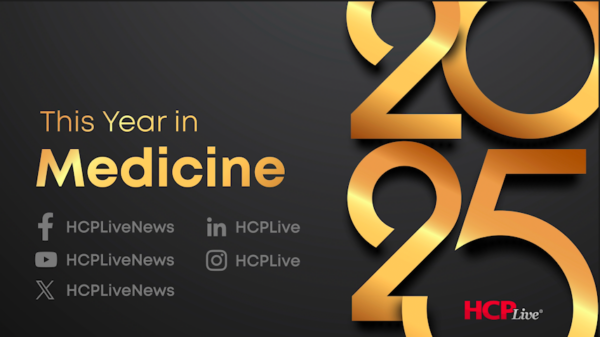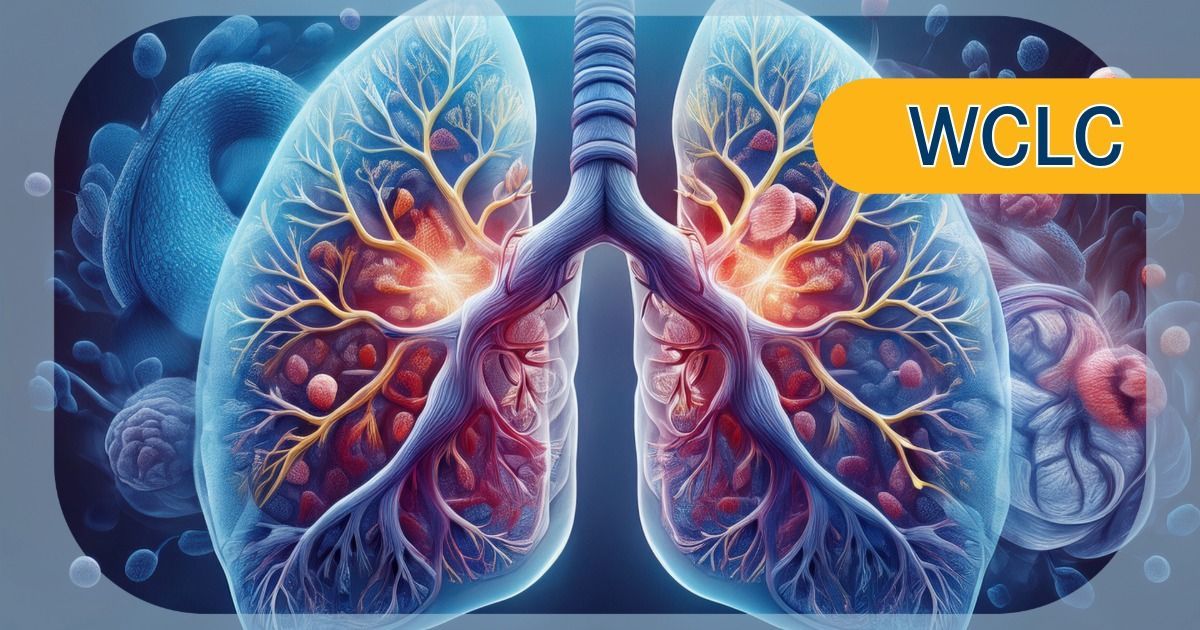The phase 3 EA5181 trial has concluded that concurrent treatment with durvalumab (Imfinzi) and chemoradiotherapy does not improve survival rates in patients with unresectable, stage III non–small cell lung cancer (NSCLC). This finding was presented at the International Association for the Study of Lung Cancer World Conference on Lung Cancer held from September 6-9, 2025, in Barcelona, Spain.
In the trial, patients receiving durvalumab alongside chemoradiation experienced a median overall survival of 41.5 months, compared to 39.4 months for those on chemoradiation alone. The hazard ratio (HR) was calculated at 1.03 (95% CI, 0.80-1.32; P = .83), indicating no significant survival advantage. Similarly, the median progression-free survival (PFS) was 15.5 months for the durvalumab group, versus 16.4 months for the chemoradiation-only group (HR, 1.05; 95% CI, 0.86-1.29; P = .65).
Dr. John M. Varlotto, professor and chief of Radiation Oncology at Marshall Health, emphasized the study’s findings, stating, “In patients with unresectable, stage III NSCLC, the addition of concomitant durvalumab during the course of chemotherapy/radiation did not improve overall survival, did not improve progression-free survival, did not change the recurrence patterns or overall response rates, and did not increase toxicity.”
The study involved a total of 662 patients who were randomly assigned to two groups. One group received a combination of platinum doublet chemotherapy with durvalumab at 750 mg every two weeks along with three rounds of radiotherapy at 60 Gy. The comparison group received platinum doublet chemotherapy with concurrent radiotherapy at the same dosage. Following treatment, patients in both groups could transition to consolidation durvalumab at 1500 mg every four weeks for one year.
Patient eligibility required having unresectable stage IIIA to C NSCLC and an Eastern Cooperative Oncology Group (ECOG) performance status of 0 to 1. The primary endpoint of the trial was overall survival, while secondary endpoints included progression-free survival, treatment toxicity, overall response rates, and recurrence patterns.
The median follow-up duration for the trial was 29.9 months (95% CI, 28.4-33.1). Within the durvalumab group, 335 patients were enrolled, with 305 completing treatment and 277 moving on to consolidation therapy. In comparison, the chemoradiation-only arm had 327 participants, of whom 300 completed treatment and 277 proceeded to consolidation.
Demographic data revealed that 60.6% of the total patient population were male, with a median age of 67.1 years (range, 37.6-89.4). Amongst these patients, 50.6% had stage IIIA disease, and 48.7% were diagnosed with adenocarcinoma. Notably, 82.5% of participants received a regimen of carboplatin and paclitaxel.
Disease progression occurred in 45.4% of patients in the durvalumab arm, with a slightly lower rate of 44.0% in the chemoradiation arm. Local recurrence rates were 55.9% versus 49.6% (P = .34), while radiation in-field recurrences were observed at 28.6% compared to 28.4% (P = .98). The overall response rate before consolidation was 51.3% in the durvalumab arm and 47.1% in the chemoradiation-only arm (P = .28). After consolidation, the rates shifted to 71.5% and 67.1%, respectively (P = .31).
Adverse effects were prevalent across both groups. In the durvalumab arm, 99.1% of patients experienced any grade of adverse effects, while the chemoradiation-only group reported 98.7%. Grade 3/4 adverse effects were noted in 67.7% of the durvalumab group and 62.2% in the other arm. Serious adverse effects occurred in 3.6% versus 3.5% of patients, with treatment discontinuation due to adverse effects affecting 19.0% and 16.5%, respectively.
The most common grade 3 to 5 treatment-related adverse effects included lymphocyte count decreases (50% vs 45%), white blood cell count decreases (22% vs 27%), and esophagitis (21% vs 27%).
These findings underscore the need for further research in optimizing treatment strategies for patients with unresectable stage III NSCLC. The EA5181 trial adds valuable data to the evolving landscape of lung cancer treatment, prompting ongoing discussions regarding patient care and therapeutic efficacy.




































































